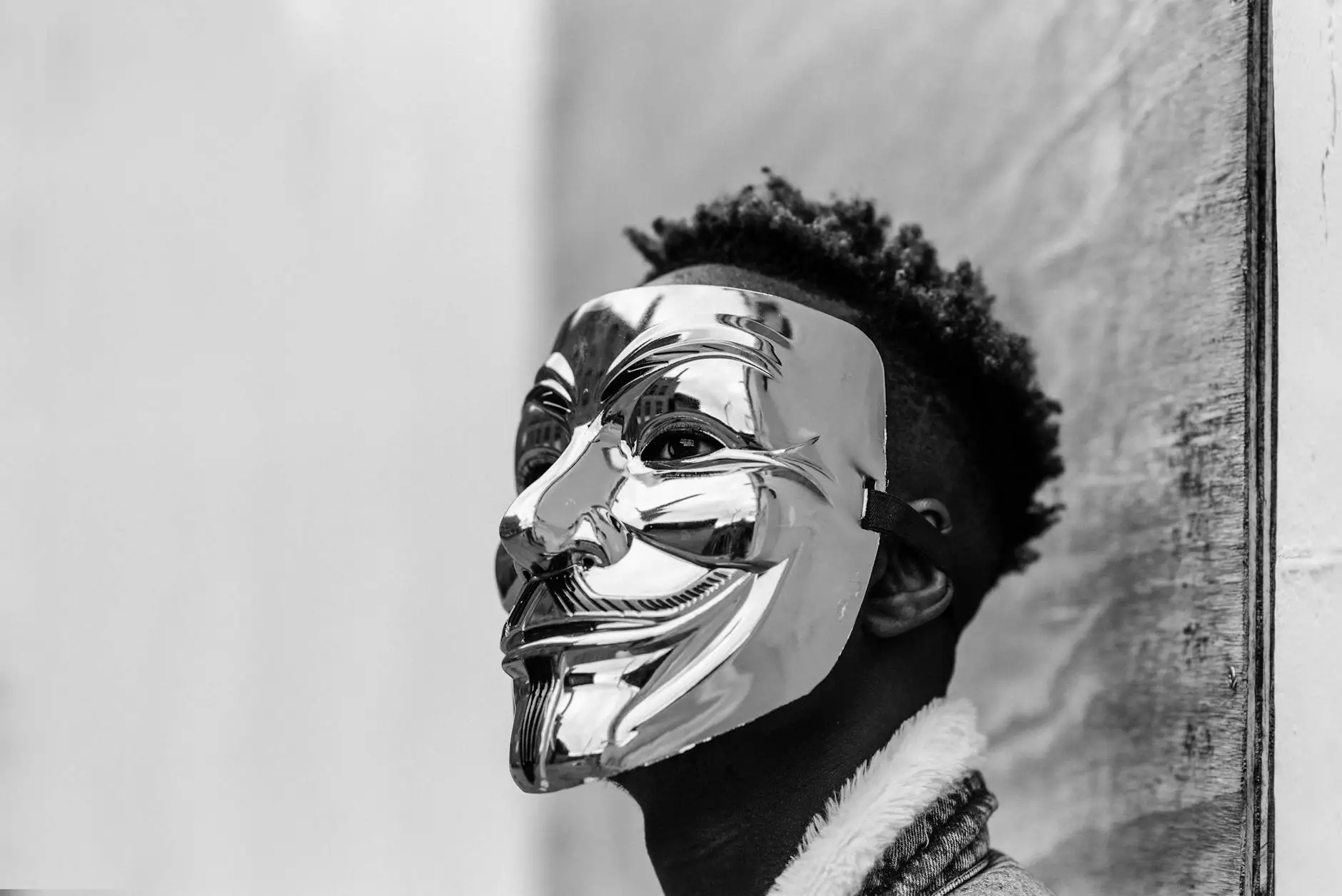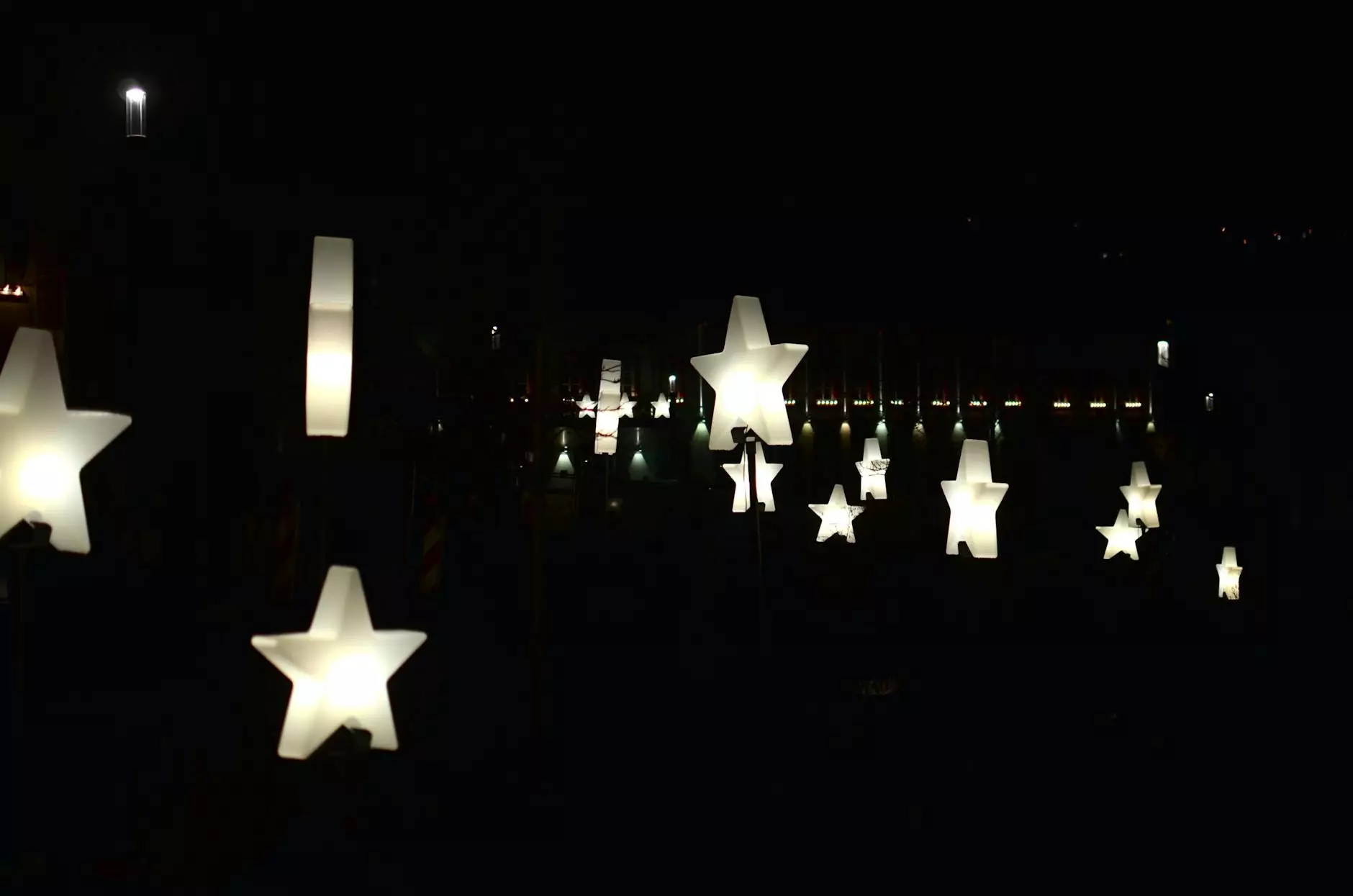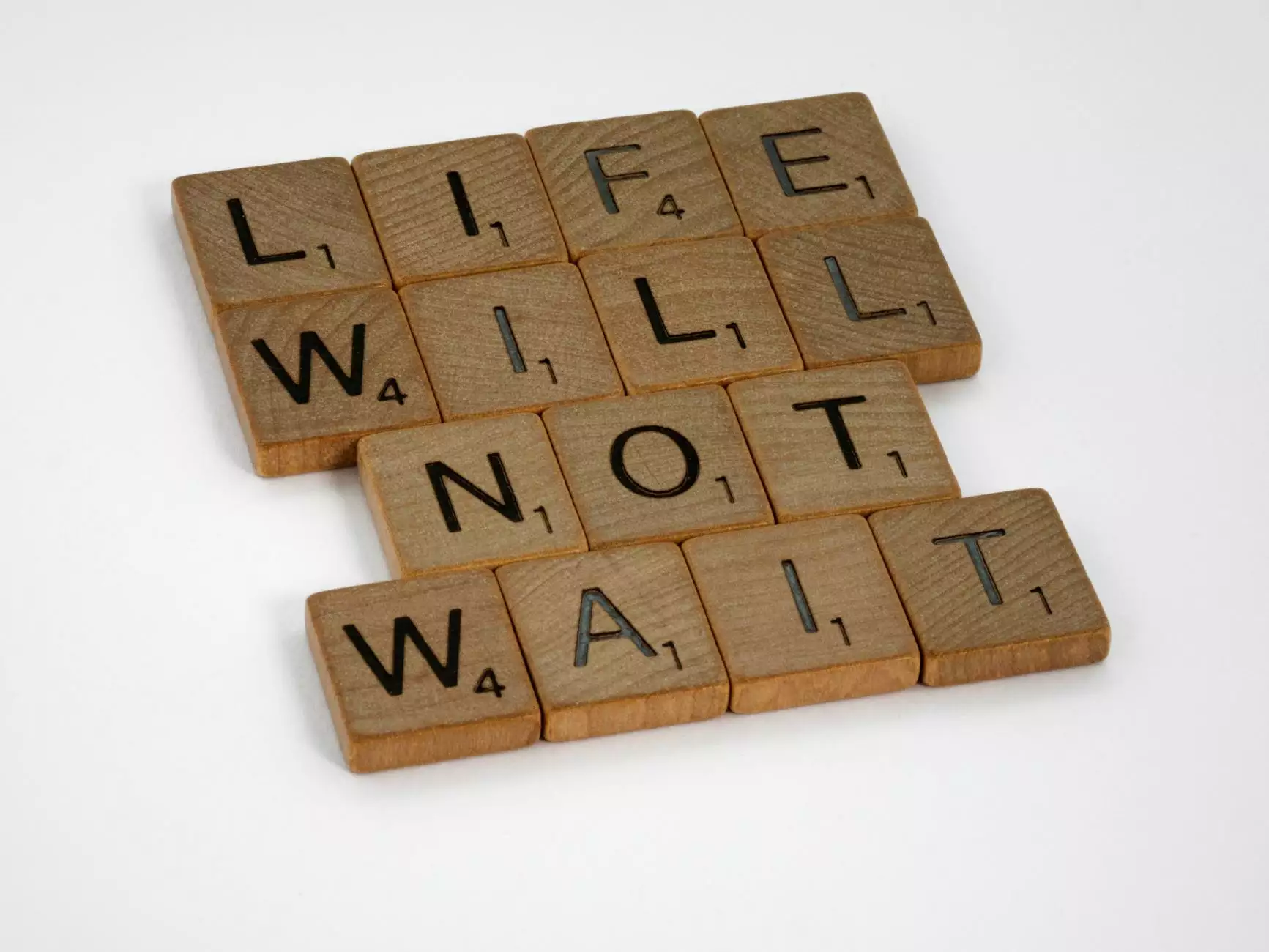The Trial of the Catonsville Nine

Introduction
The Trial of the Catonsville Nine is a historic event that took place in the United States during the Vietnam War era. It involved a group of nine individuals who protested against the war by destroying draft records in the Catonsville, Maryland, Selective Service office. This page provides a detailed account of the trial, highlighting its background, key players, and the impact it had on society.
Background
The Catonsville Nine was a group of activists that included religious leaders, priests, and laypeople. They were inspired by their strong opposition to the Vietnam War and the increasing number of casualties. The members believed that by destroying draft files, they could help prevent further bloodshed and draw attention to the immoral nature of the war.
The protest took place on May 17, 1968, when the group entered the Selective Service office in Catonsville and removed draft records. They then burned the files with homemade napalm in the parking lot. Their actions were both a symbolic and direct act of resistance against the war machinery.
The Trial
The trial that followed gained nationwide attention. The Catonsville Nine faced charges of destruction of government property and interfering with the Selective Service Act. Their defense centered around the argument that the war itself was illegal and immoral, and that their protest was an act of conscience.
The trial unfolded with impassioned testimonies from both the defendants and witnesses. The Catonsville Nine used the courtroom as a platform to voice their opposition to the war, shedding light on the suffering caused by it. Their actions and their subsequent trial sparked a national conversation about the Vietnam War and the importance of civil disobedience.
Key Players
The members of the Catonsville Nine were:
- Rev. Philip Berrigan
- Rev. Daniel Berrigan
- Thomas Lewis
- Marjorie Melville
- George Mische
- Rev. Neil McLaughlin
- John Hogan
- Mary Moylan
- Tom Melville
Each of these individuals played a crucial role in organizing and executing the protest, and they became symbols of resistance against the war.
Aftermath and Impact
The Trial of the Catonsville Nine had a profound impact on both the anti-war movement and American society as a whole. It drew attention to the moral questions surrounding the Vietnam War and prompted a widespread reevaluation of the conflict. The trial raised awareness about the strategies employed by anti-war activists, inspiring others to engage in similar acts of civil disobedience.
While some criticized the Catonsville Nine for breaking the law, many saw their actions as a necessary form of protest against an unjust war. The trial sparked discussions about the role of conscience and the limits of obedience to authority.
Ultimately, the Catonsville Nine's trial resulted in a guilty verdict, leading to prison sentences for the group members. However, their actions set a precedent for future protest movements and contributed to the growing anti-war sentiment that eventually led to the end of the Vietnam War.
Conclusion
The Trial of the Catonsville Nine stands as a powerful testament to the impact of individual acts of conscience and civil disobedience. This page has provided a comprehensive overview of this historic event, highlighting its background, key players, and long-lasting influence on American society. By commemorating the Catonsville Nine, we honor their bravery and contribution to the movement against the Vietnam War.




